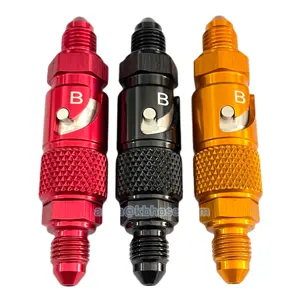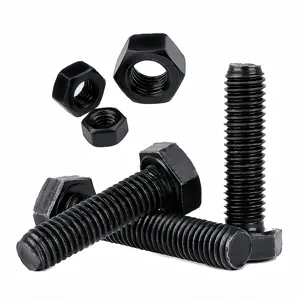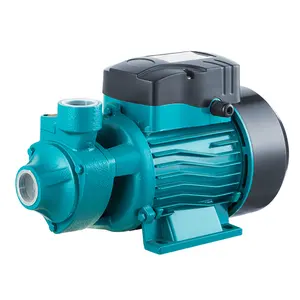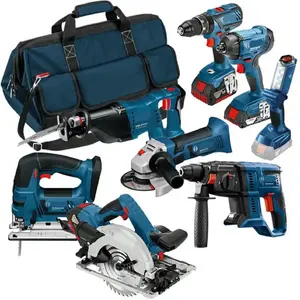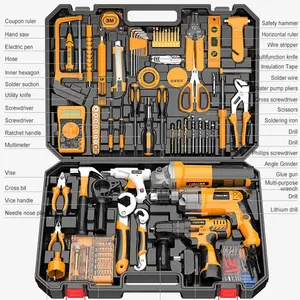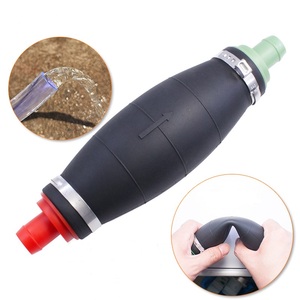Popular in your industry











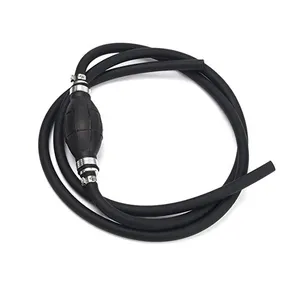






































































































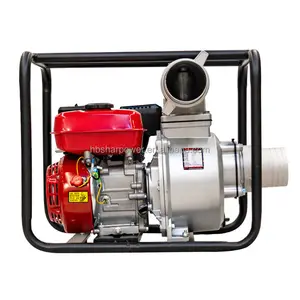












































































Top categories
About manual fuel pump
Introduction
In the world of automobiles, the manual fuel pump holds a significant place, especially in older vehicles. This article delves into the mechanics, benefits, and maintenance of manual fuel pumps, offering a comprehensive guide for anyone interested in understanding or utilizing this simple yet crucial component. From the basic understanding of how a manual fuel pump operates to the benefits it offers in terms of efficiency, reliability, and cost-effectiveness, we will explore every facet. We will also guide you through the process of installing a manual fuel pump in your vehicle and provide tips for its regular maintenance.
Understanding the Basics of a Manual Fuel Pump
A manual fuel pump, often found in older vehicles, operates differently from the electric fuel pumps common in modern cars. The manual pump is a simple, reliable component that uses mechanical force to transport fuel from the tank to the engine. It's typically composed of a diaphragm that moves up and down, creating a vacuum that draws fuel into the pump and then pushes it out to the engine. Despite its simplicity, a manual fuel pump plays a crucial role in maintaining the correct fuel pressure and ensuring optimal engine performance.
The Mechanics of a Manual Fuel Pump
A mechanical fuel pump, also known as a manual fuel pump, was a standard in vehicles with a carburetor. It moved fuel from the tank to the carburetor bowl, driven by the engine’s camshaft eccentricity. The pump is located on the side of the in-line cylinder block engine. The plunger and diaphragm pumps are common types of manual fuel pumps. The pump contains a chamber where volume changes due to the deflection of a flexible membrane. A mechanical fuel pump operates through a camshaft or a specific shaft that rotates, pushing the shaft up at one end. Gasoline cannot return from the first check valve, so it drains into the carburetor through another valve.
Components of a Manual Fuel Pump
A manual fuel pump, also known as a mechanical fuel pump, has several key components. It operates at a maximum pressure of 9 PSI and a minimum pressure of 7.5 PSI. The inlet type is a hose, and the outlet type is threaded, with an outlet fitting thread size of 5/8-18 UNF-2B IN. The pump includes a gasket or seal, but mounting hardware is not included. The pump has a minimum flow rating of 40 gph. These components work together to ensure the efficient operation of the pump.
How a Manual Fuel Pump Works
A mechanical fuel pump, also known as a manual fuel pump, was a standard in vehicles with a carburetor. It moved fuel from the tank to the carburetor bowl, driven by the engine’s camshaft eccentricity. The pump is located on the side of the in-line cylinder block engine. The plunger and diaphragm pumps are common types, with the diaphragm pump being a famous positive displacement pump. The pump contains a chamber where volume changes due to the deflection of a flexible membrane. A mechanical fuel pump operates through a camshaft or a specific shaft that rotates, pushing the shaft up at one end.
Benefits of Using a Manual Fuel Pump
Mechanical fuel pumps, also known as manual fuel pumps, offer several benefits. Their simplicity, devoid of any electronics or complex sensors, makes them easy to maintain and repair. They are also less expensive than electronic fuel injection systems and can provide reliable fuel delivery in a wide range of operating conditions. Another advantage is their ability to deliver fuel at high pressure, which is crucial in high-performance engines to provide the optimal air/fuel mixture for combustion.
Efficiency and Fuel Economy
Mechanical fuel pumps, also known as manual fuel pumps, operate by cycling a diaphragm inside the pump to increase fuel pressure in the fuel line. Although they can only supply fuel at low pressure, they are reliable and efficient. In contrast, electric fuel pumps can deliver higher pressure, but they can be affected by heat from the engine, causing a condition known as vapor lock. Mechanical fuel pumps avoid this issue, offering a more consistent fuel supply. Furthermore, the vehicle's computer (ECM) can control the pressure in electronically fuel injected engines to increase performance and efficiency.
Reliability and Durability
The mechanical fuel pumps found on classic cars are highly reliable. However, like any automotive component, they don't last forever and are likely to fail at some points. Some common issues include vapor lock, fuel foaming, and leaks in the pump. Despite these potential problems, their durability and reliability have made them a staple in older vehicles. Their function is to draw off fuel from the gas tank and transmit that to the carburetor, helping the engine to run efficiently.
Cost-Effectiveness
Manual, or hand fuel transfer pumps have two great advantages over powered pumps. Firstly, they are much cheaper to purchase and run, making them highly cost-effective when dispensing or transferring small amounts of fuel. Secondly, they don’t require any power, which means they can be used anywhere without worrying about a power source or whether batteries are charged. As a result, hand fuel transfer pumps are ideal for moving small amounts of fuel from one container to another or, for example, dispensing fuel from a drum when there is not a huge quantity to be moved.
How to Install a Manual Fuel Pump in Your Vehicle
Installing a manual fuel pump in your vehicle involves a few key steps. Always refer to your vehicle’s manual as variations may exist among different models. The kits provided often contain extra parts for different applications. Remember, the right tools are essential for a successful installation. Follow the basic steps and tips provided in the guide for a smooth installation process. Remember, every vehicle is unique, so it's crucial to understand your vehicle's specific requirements before starting the installation.
Choosing the Right Manual Fuel Pump
Choosing the right manual fuel pump is crucial for efficiency and cost-effectiveness. High-quality manual fuel pumps stand out due to their corrosion resistance, durability, and versatility. They are made with high-quality materials like stainless steel and polypropylene, ensuring longevity and fewer replacements. These pumps can handle high-viscosity liquids up to 1500 SSU, making them ideal for heavy fuels. They are also user-friendly, with an ergonomic design that allows easy operation. Furthermore, their versatility allows them to be used with various containers, making them suitable for a range of applications.
Installation Process
Installing a manual fuel pump involves several steps. First, you need to clamp off the fuel and remove the old pump. Clean the engine block surface to ensure a good seal for the new pump. When fitting the new pump, ensure the top arm is under the cam in the engine block. Reattach the fuel lines, making sure to check the flow direction. Once everything is secure, crank the engine to ensure everything is functioning correctly. Regular checks and maintenance are crucial to prevent leaks and ensure efficient operation.
Maintenance Tips for Your Manual Fuel Pump
Maintaining your manual fuel pump involves regular checks and addressing common issues. Vapor lock and oil leaks are common problems that can be identified through symptoms like engine lag and oil drips. Regularly inspect your fuel pump for these issues. If your pump isn't pushing fuel, it could be blocked or damaged. Regular checks of the fuel pressure can also help identify issues early. Lastly, ticking noises from the pump could indicate a broken spring. Regular maintenance and addressing these common issues can help ensure the longevity of your manual fuel pump.
Routine Checks and Cleaning
Regular maintenance of your manual fuel pump is crucial for its longevity. This includes routine checks for common issues such as vapor lock, oil leaks, and pump damage. Vapor lock can be identified by symptoms like a dry carburetor air horn, lack of fuel pressure, and engine lags. Oil leaks often occur due to loosened bolts, which can be fixed by tightening them. If the pump itself is damaged, disconnect the fuel line at the carburetor and check if the pump is pushing any fuel through the line. Regular checks and prompt addressing of these issues can help maintain the efficiency of your manual fuel pump.
Addressing Common Issues
A manual fuel pump can face issues like a ruptured or leaky diaphragm, failed check valves, and a faulty diaphragm spring, leading to problems with drivability and hard starting. If the engine misfires, runs lean, hesitates, or stalls, these could be signs of a leaking diaphragm or valve within the fuel pump. These issues cause the fuel pressure to drop, starving the carburetor of gasoline. Remember, safety is paramount when troubleshooting the fuel system due to the flammability of gasoline.
Conclusion
In conclusion, the manual fuel pump, despite its simplicity, plays a pivotal role in the functioning of a vehicle. Its mechanical operation, devoid of complex electronics, makes it a reliable and cost-effective solution for fuel delivery. Choosing the right pump and installing it correctly can significantly enhance your vehicle's performance. However, like any other component, it requires regular maintenance and prompt addressing of common issues to ensure its longevity. Whether you're a classic car enthusiast or someone looking for a cost-effective fuel delivery system, understanding and utilizing a manual fuel pump can revolutionize your vehicle's performance.
